September 20, 2017

Sensorial packaging cues are based in sound, sight and tactile perceptions, but it is important to remember that the impact of these perceptions is emotional and tied to semiotics. In other words, the sensation itself doesn’t have meaning or exist in a vacuum. It is rarely strictly the enjoyment of (or disdain for) what we feel or hear, but rather the meaning that we ascribe to that sensational element that drives our reaction.
Here are nine examples of products that win or lose with consumers based on the sensorial experience they have with the product packaging.
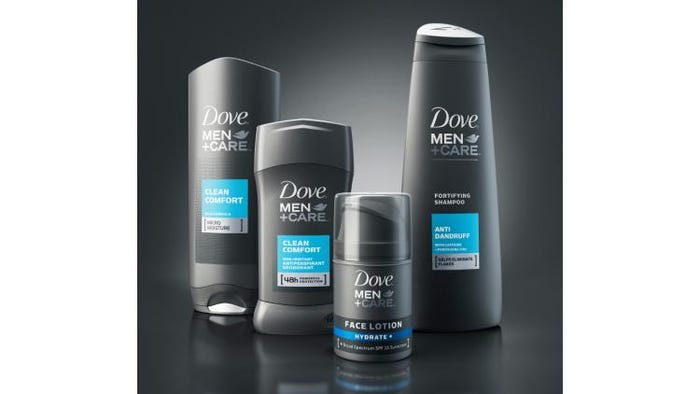
1. Win: Dove Men Care
Through a combination of color and finish, as well as angular edges, Dove bridges the gap between masculinity and skincare.
The layers of sensory cues here intrigue the consumer—especially as a brand extension from a company with a generally female audience. The matte finish and soft edges give the product a luxurious and more mature feel—in contrast to packaging for products like Axe, which target a younger demographic.
The soft finish takes the industrial/ automotive feel away from what we tend to see in men’s products, giving it a more sophisticated feel.
NEXT—Fail: Screw-Cap Wine
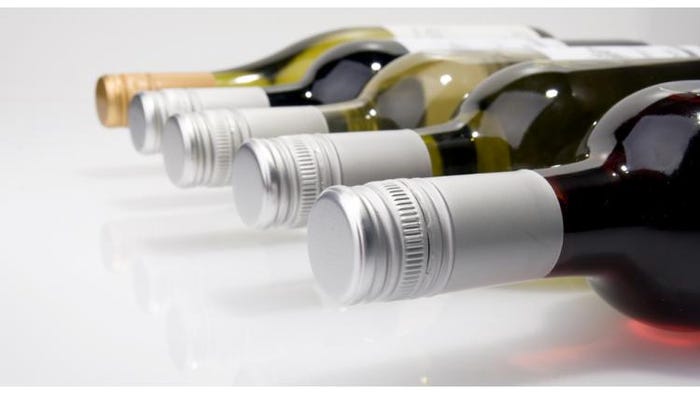
2. Fail: Screw-Cap Wine
While it scores high marks for performance and functionality for consumers, the screw-cap alternative to a traditional cork doesn’t have the same auditory experience of opening a corked bottle of wine. Typically, the sound of a cork popping says the moment is special, and with no discernable auditory cue, the value of the opening experience may be lackluster.
NEXT—Win: Nest Thermostat
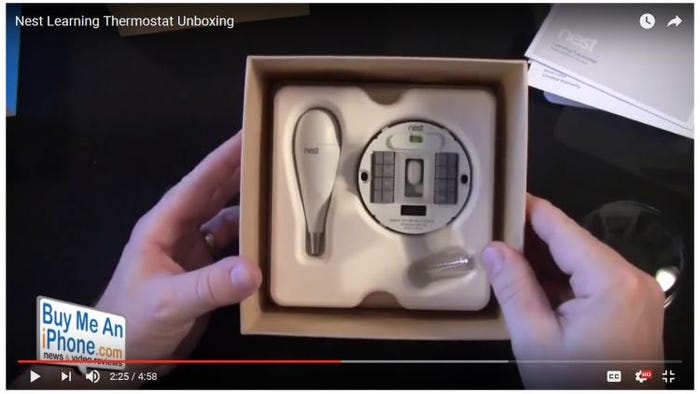
3. Win: Nest Thermostat
The Nest thermostat touts an “Apple-esque” unboxing experience, with a soft and sleek box full of perfectly paired layers. The sound and feel of the packaging says “home” in a way that others in the category don’t.
The charm and warmth is similar to high-end products, rather than a basic thermostat you would buy off of a hanger in rigid plastic. The way it’s intimately nestled and protected is a strong reflection of the brand identity.
NEXT—Fail: Frozen Meals Category

4. Fail: Frozen Meals Category
While the frozen meal category has taken strides to become more sensorial, it has essentially been a sensorial vacuum for years. The product lives in circumstances that make it difficult to host any sensory cue.
Because of the performance needed by the packaging, it’s often brick-like, clunky, loud and glossy—which portrays a cheap and unhealthy product. Some strides can be seen in regards to windows, design and even scented adhesives (as mentioned previously); that said, though—the category faces quite a few challenges to align performance and perception to increase its shelf value.
NEXT—Win: Bib & Tucker

5. Win: Bib & Tucker
This bottle of Bib & Tucker bourbon whiskey boasts layers and layers of sensory cues—with raised pattern glass, a matte label and corded exposed cork—creating a package that feels old, cared for and thoughtfully hand-crafted.
From its raised glass and intricate detail set at an angle to purposefully rest in your hand, to the raised cork and intentional labor to open—the bottle feels rugged yet refined, a clear association to the product and brand.
NEXT—Fail: Salty Snack Bags
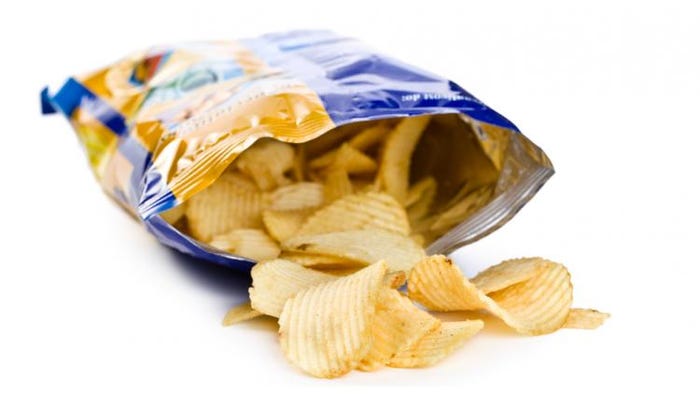
6. Fail: Salty Snack Bags
There’s nothing that today’s consumer associates more with greasy fingers and “foods to avoid” than the high-pitched crinkle of a thin-gauged plastic wrapper. Notably, more premium snacks tend to up-gauge and soft-touch coat their films, which provide a better feeling to the touch, and offer a more muted sound.
While this space is becoming more and more evolved, consumers are starting to differentiate snack quality by way of packaging quality, and the feel and sound of packaging are key cues.
NEXT—Win: Belvedere Night Saber

7. Win: Belvedere Night Saber
The light-up and frosted bottle for Belvedere Night Saber embodies the “special occasion” sensation, bringing an element of festivity to the package, while also eliciting the refreshing and luxurious appeal of a cold and premium beverage. The effect is interesting visually, but also stimulates an emotion—it’s a celebratory product that truly resonates in the moment.
NEXT— Fail: Extremely Light-Weighted Water Bottles
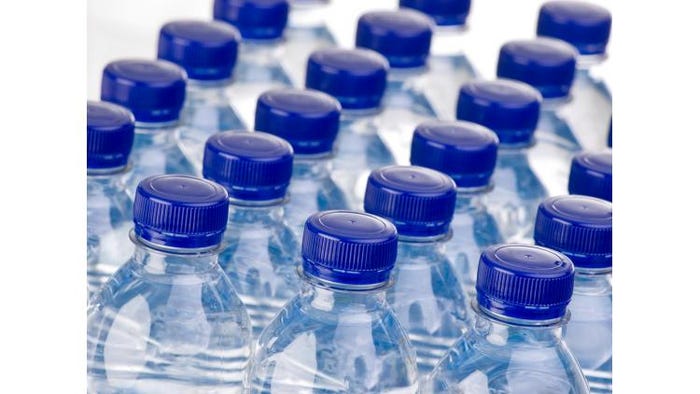
8. Fail: Extremely Light-Weighted Water Bottles
This is a go-to for many experts when considering packaging disappointments—especially in sensory packaging. Lightweight polyethylene terephthalate (PET) is an uncomfortable, cheap and often cringe-worthy sound. Considering the more a consumer uses the product, the more notable the sound becomes, it’s one of the most recognizable and deterring sounds in packaging.
While undoubtedly an efficient design from a sustainability perspective, lightweighting and the associated sound is a detraction in terms of consumer experience.
NEXT—Win: Scented Adhesives
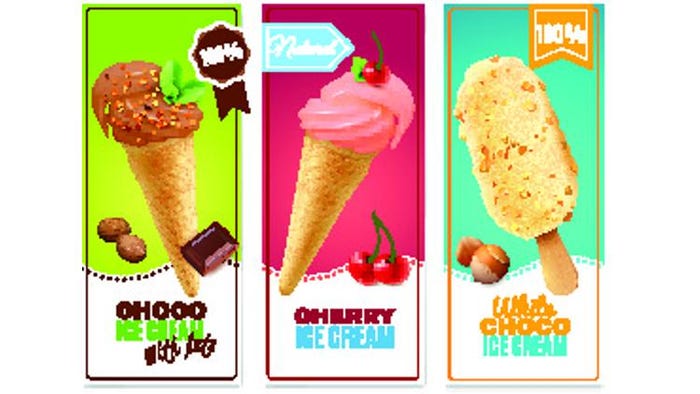
9. Win: Scented Adhesives
Companies like ScentSational Technologies are integrating scent and fragrance into packaging through scented adhesives to elicit an impactful sensory reaction to products where sense of smell may be lost, but would be highly appealing.
For example, frozen food products lose their fragrance by the nature in which they are packaged and stored. However, the aroma of ice cream or pizza would still be appealing if subtly emitted via a scented adhesive. Providing this sensory cue enhances the experience of indulgence for these types of products.
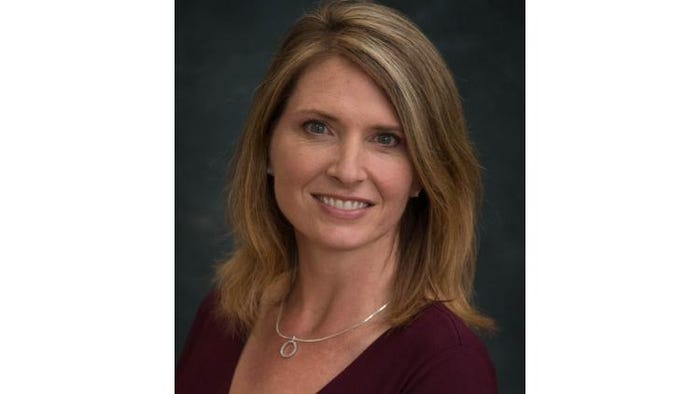
Jill Ahern is the senior director, consulting services, packaging, at HAVI and brings nearly 20 years of experience directing complex business initiatives including product launches, business development teams, corporate events and joint ventures. Since joining HAVI in 2010, Ahern has provided leadership to practice management and key client programs, particularly in the consulting areas of market & consumer insight, innovation and packaging strategy. In her current role, she leads development of packaging consumer and customer insights platforms; develops and guides packaging research methodologies; supports thought leadership on consumer trends and drivers; and provides client program leadership.
*******************************************************************************
Learn what it takes to innovate in the packaging space at MinnPack 2017 (Nov. 8-9; Minneapolis). Register today!
About the Author(s)
You May Also Like


